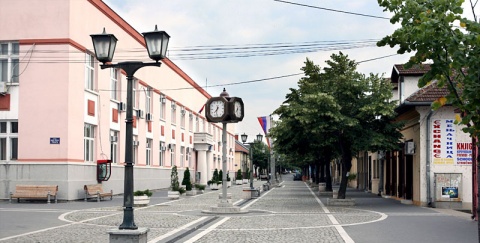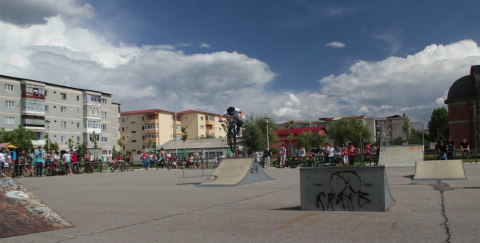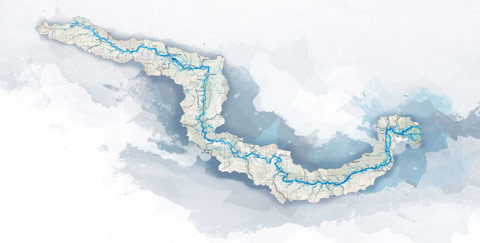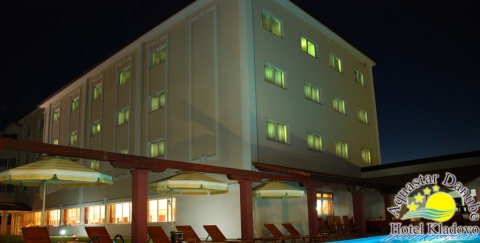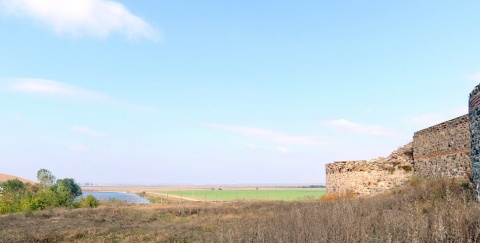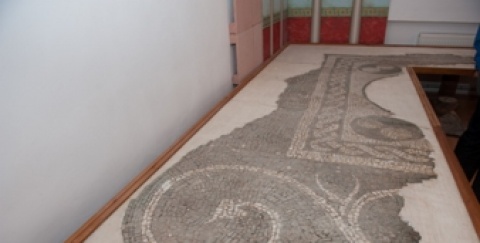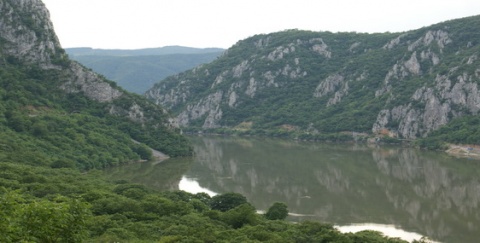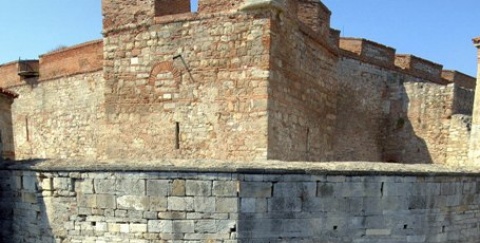
This castrum (100x200m), built of ashlar, was probably constructed around 100-101 AD, when Emperor Trajan prepared his Dacian campaign. It became one of the major military border forts in the province of Upper Moesia, controlling the Danube Limes and the entrance to the technical wonder of the first Danube canal (Sipian canal), also built under Trajan’s rule in the first decade of the 2nd century AD. It is located near Djerdap 1 hydroelectric power plant. For the first time, it is possible to navigate up and down the Danube without being blocked or harmed by whirlpools, currents, rapids, cataracts and underwater rocks. In the 3rd or 4th century AD, Diana got further fortifications: a rampart with towers towards the Danube. It was destroyed by the Hun army, but eventually rebuilt in 530 AD under Justinian I, since the rampart was very important for defence. The discovery of a small settlement with marble structures, bronze sculptures and a necropolis shows that Diana was also a commercial centre.Like all attractions along Iron Gates of the Danube and Djerdap Gorge, Diana is a part of Derdap National Park, which stretches for approximately 100 km along the Serbian banks of the river. The littoral routes such as the Via Traiana were first opened for traffic in ancient times. There is also the old Roman compound of Pontes, meaning ‘bridges’. In fact, it controlled the crossing of the Danube, which once was a fascinating event thanks to the famous Danube Bridge built by Apollodorus of Damascus in 103-105 AD.
DANUBE.TRAVEL has no control over the website content generated by users and/or visitors, neither such content represents a statement, opinion, recommendation or rating by DANUBE.TRAVEL. For further information please refer to DANUBE.TRAVEL – General Website Terms and Conditions of Use.
 EN
EN DE
DE
